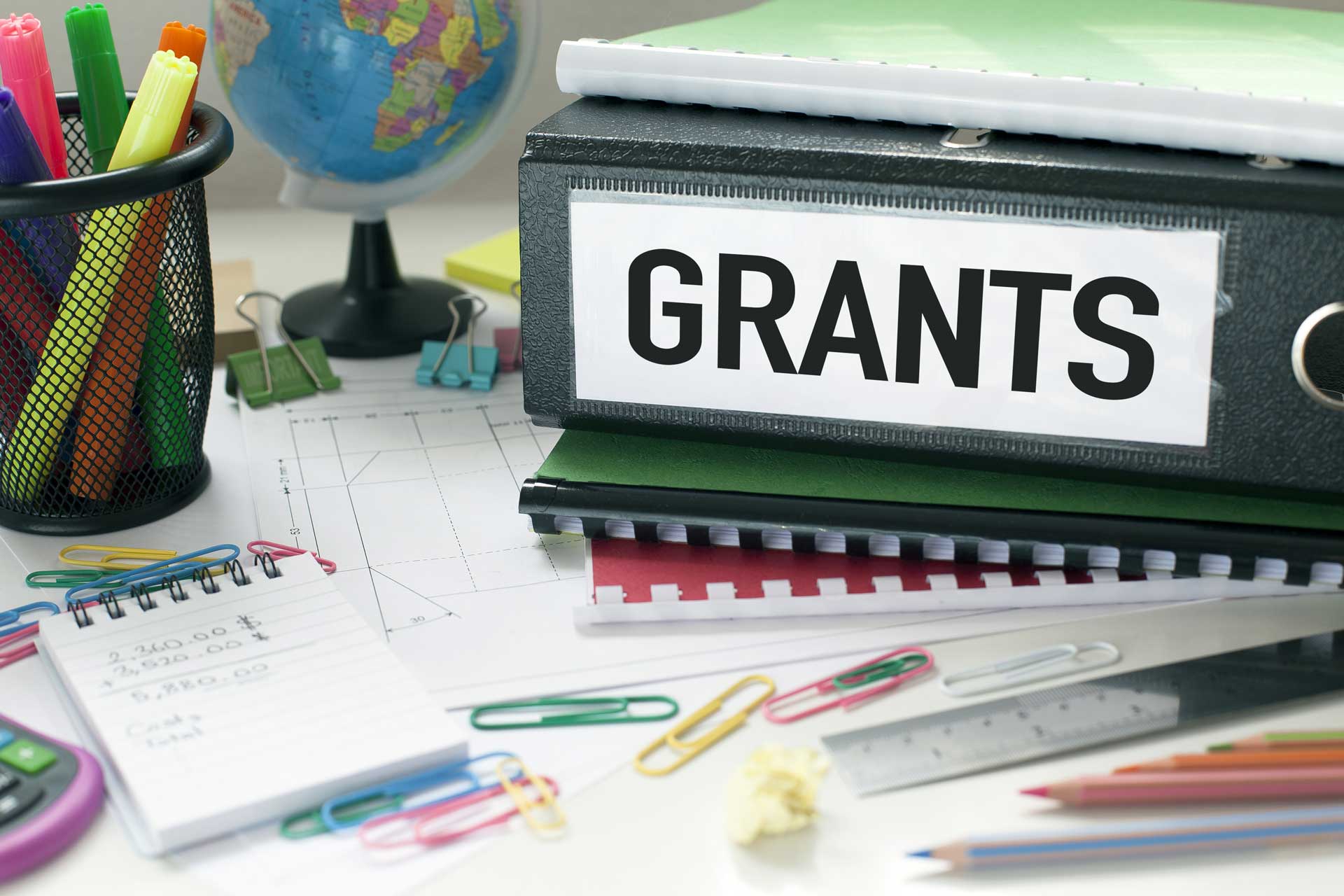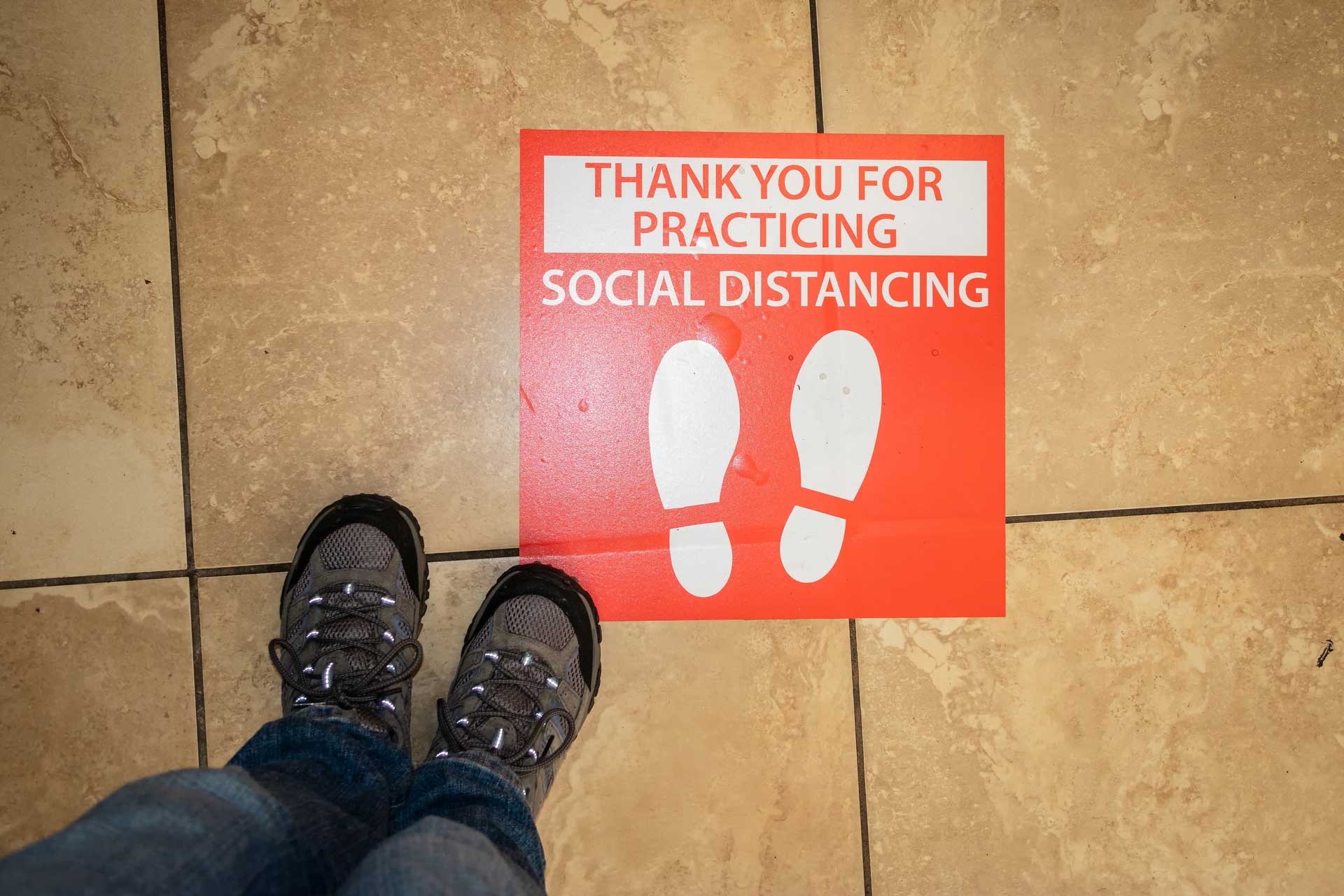If you are actively seeking a motivated, team-oriented financial professional who is inspired by public service to serve as your next Chief Financial Officer, there’s a lot of work you need to do to create a pool of qualified applicants. Follow our five-step guide below to successfully add the right person to your team.
Refine Your Job Description
To attract the right talent, you need to get specific about exactly what you’re looking for in a prospective team member. How many years of budgeting, administration, financial management, or equivalent experience are you looking for a candidate to have? Is the ability to independently perform budget analysis and compare historical and financial data to improve budget forecasting at the top of your to-do list? Or maybe a collaborative team player who genuinely values others’ ideas and expertise is what you are seeking, to achieve organizational goals. Refine your description to narrow the eligible and interested applicants. You’ll be boosting your efficiency, and ensuring that your goals are aligned with the right person for the job.
Check References
Check references, and then check them again. People are making things up on resumes and if you aren’t doing the due diligence, expect trouble. This step will save you two of the most valuable aspects of running a smooth organization: time and money. Job applicants may attempt to enhance their chances of obtaining a job offer by distorting their training and work history information. While résumés summarize what applicants claim to have accomplished, reference checking is meant to assess how well those claims are backed up by others. Verifying critical employment information can significantly cut down on selection errors. Information provided by former peers, direct reports, and supervisors can also be used to forecast how applicants will perform in the job being filled.
Offer Continued Training
Hopefully, you are already able to offer an excellent salary and competitive benefits package including comprehensive family health insurance, dental, vision, vacation, sick, and holiday leave package. But one thing that will set your team apart in the eyes of a financial officer, is continued training opportunities. If you are not already familiar with various government-specific financial training programs, now is the time to research and determine what your budget can cover. While there is a variety of options available to select, you may be interested in investing in courses for your new hire that focus on financial planning and budgeting, capital planning and forecasting, financial management, government accounting, or financial reporting and auditing. Setting your new hire up for success ultimately means securing a clear pathway for each of your respective departments, and your community as a whole.
Create a Talent Pipeline
It is important to hire employees that can perform well, but looking at the talent you already have on staff can really expand your budget and promote a collaborative environment. We are not suggesting that you cross-train current employees to avoid adding crucial staff. However, it is beneficial to cross-train employees on certain financial officer responsibilities so that team members can operate more efficiently. Another benefit? Your workplace will ultimately become more sustainable, especially during times of transition.
Prepare for the Interview
It may sound counterintuitive to talk about the employer focusing time and energy on preparing for an interview, but it can mean the difference between a qualified candidate committing to your team or walking away with a bad taste in their mouth. Interviewing is a two-way street: While you are evaluating candidates, they will also be evaluating you. Creating a positive atmosphere for candidates helps candidates to relax, encourages them to reveal more, and promotes a positive image of your organization. Ensure the interviewer reviews the job’s tasks and responsibilities (and the competencies necessary to perform them) before they sit down with a candidate. Your team should be organized and prepared for every interview, which means dressing professionally, staying engaged as active listeners, and creating a comfortable interview location.
We understand that governmental entities face enormous hiring challenges ranging from the decreasing of already tight federal and state funding budgets, to regulatory compliance, and the constant pressure of public scrutiny. Our team is experienced with handling those pressures, and we encourage you to contact us if you’d like to further discuss your specific needs or concerns.
Source: U.S. OPM










